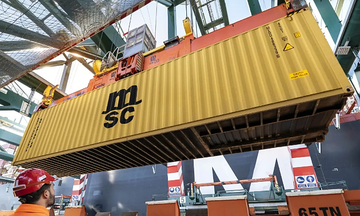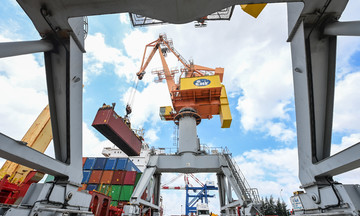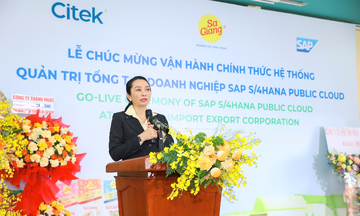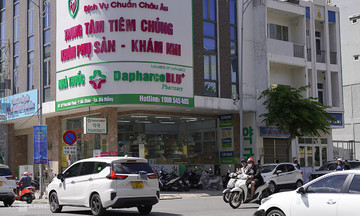Vietnam exported approximately 95,000 tons of coffee in August, valued at over $429 million, according to estimates from the Ministry of Agriculture and Rural Development. In the first 8 months of the year, coffee exports reached 1.2 million tons, worth $6.42 billion, an 8.7% increase in volume and a 59.1% increase in value compared to the same period last year.
The main driver is the average export price, currently around $5,580 per ton, a nearly 46.5% increase compared to last year. This is due to reduced supply from major producers Brazil and Indonesia because of the El Nino weather pattern, while demand in Europe and North America remains high. Roasters, especially in Germany, Italy, and Spain, have significantly increased their purchases, making these three markets the largest destinations for Vietnamese coffee, accounting for nearly 30% of total export revenue.
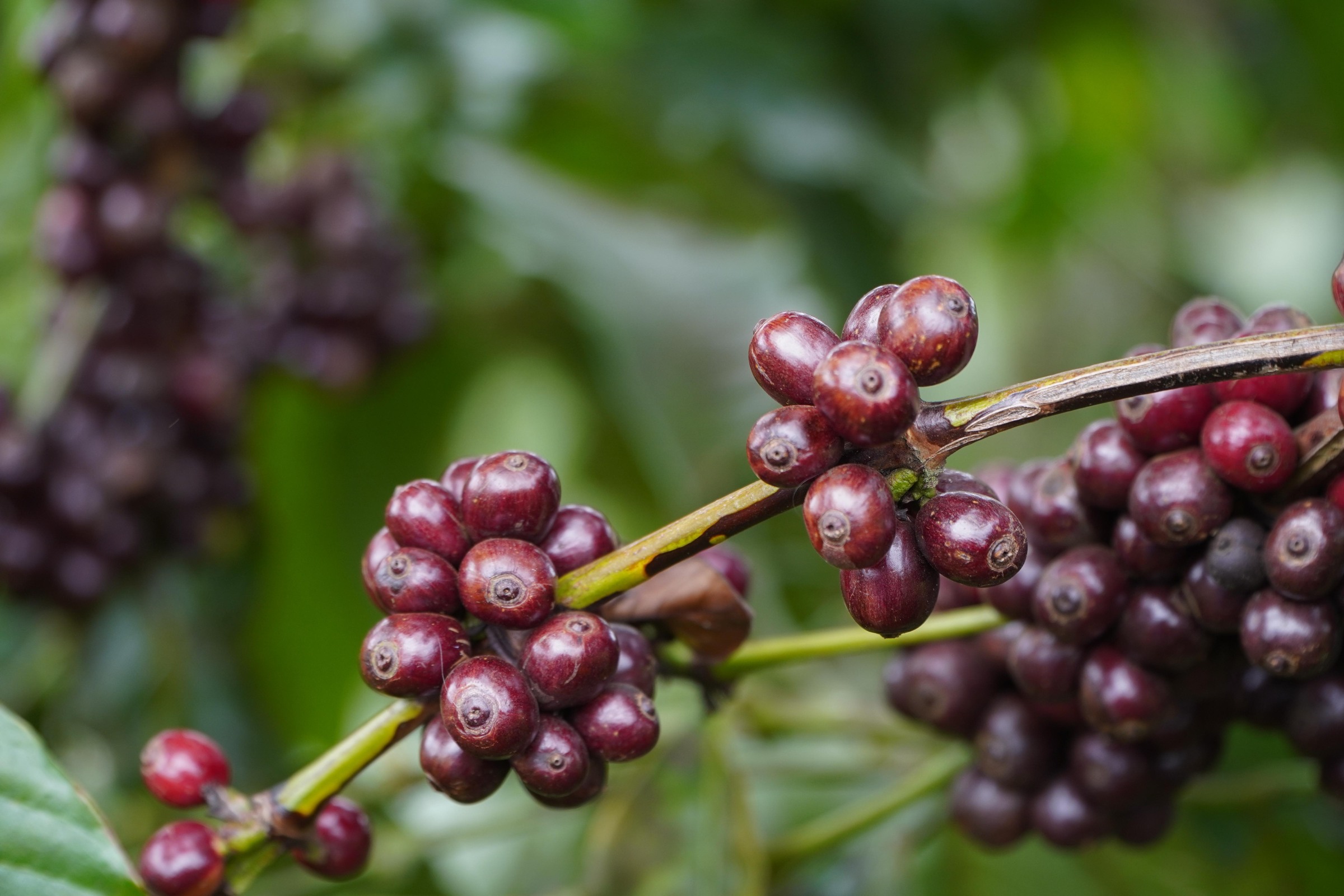 |
Coffee harvest in Gia Lai. Photo: Duc Hoa |
Vietnamese coffee has not only seen steady growth in traditional markets but has also expanded significantly into new ones. Exports to Mexico in the first 7 months increased 91-fold, reflecting the growing popularity of Robusta coffee. Conversely, China, which has seen rapid consumption growth in recent years, recorded the lowest increase at 11.7%.
Along with coffee, other agricultural and aquatic product sectors have also performed well. Seafood exports reached approximately $950 million in August, bringing the total for the first 8 months to $7.03 billion, an 11.5% increase. Wood and wood product exports reached $1.45 billion in August, bringing the year-to-date total to $11.1 billion, an increase of more than 6%. The US remains the largest wood market, accounting for more than half of total exports, while Japan and Europe maintain double-digit growth.
However, some key sectors experienced slower growth. Although rice exports reached 6.3 million tons in the first 8 months, the value only reached $3.17 billion, a decrease of nearly 18% due to a sharp drop in average prices. Fruit and vegetables, a bright spot last year, also decreased by 2.2%, mainly due to stagnant exports to China. Tea and rubber continue to face pressure from low prices and limited demand.
Total agricultural, forestry, and fishery export revenue in August reached $5.71 billion, a 3% decrease compared to the same period in 2024. However, in the first 8 months, this figure reached $45.37 billion, a 12% increase. Agricultural products accounted for more than half, with $24.4 billion, followed by seafood at over $7 billion, forestry products at nearly $12 billion, and livestock at over $410 million, all showing increases compared to last year.
Asia is currently the largest consumer region, accounting for over 43% of total exports, followed by the Americas and Europe. The US, China, and Japan remain the three largest export markets for Vietnamese agricultural, forestry, and fishery products.
With record high prices and stable demand in key markets, coffee is considered the agricultural product with the strongest potential for a breakthrough this year, helping maintain the growth momentum of agricultural exports despite the slowdown in many other products.
Thi Ha



